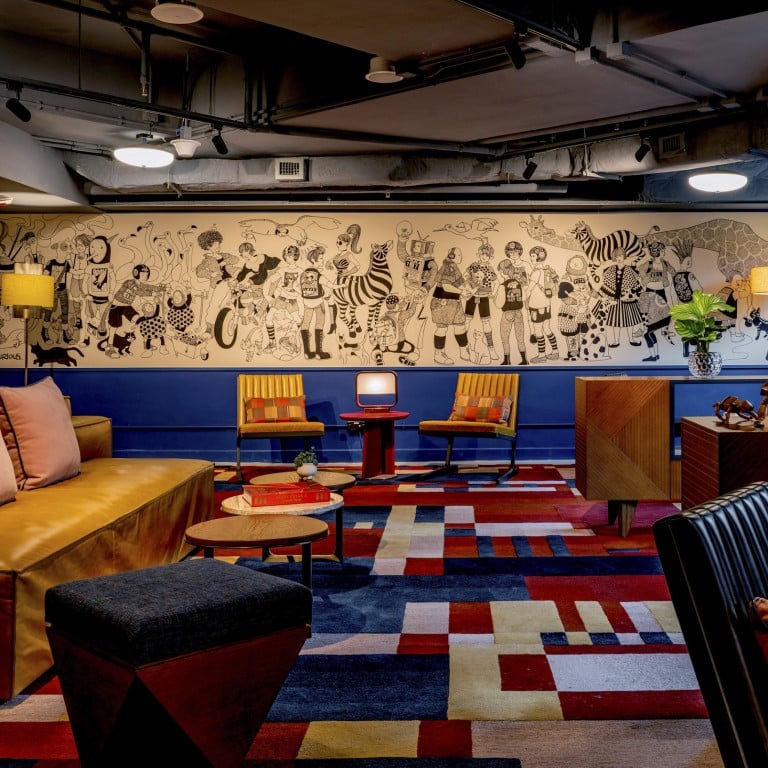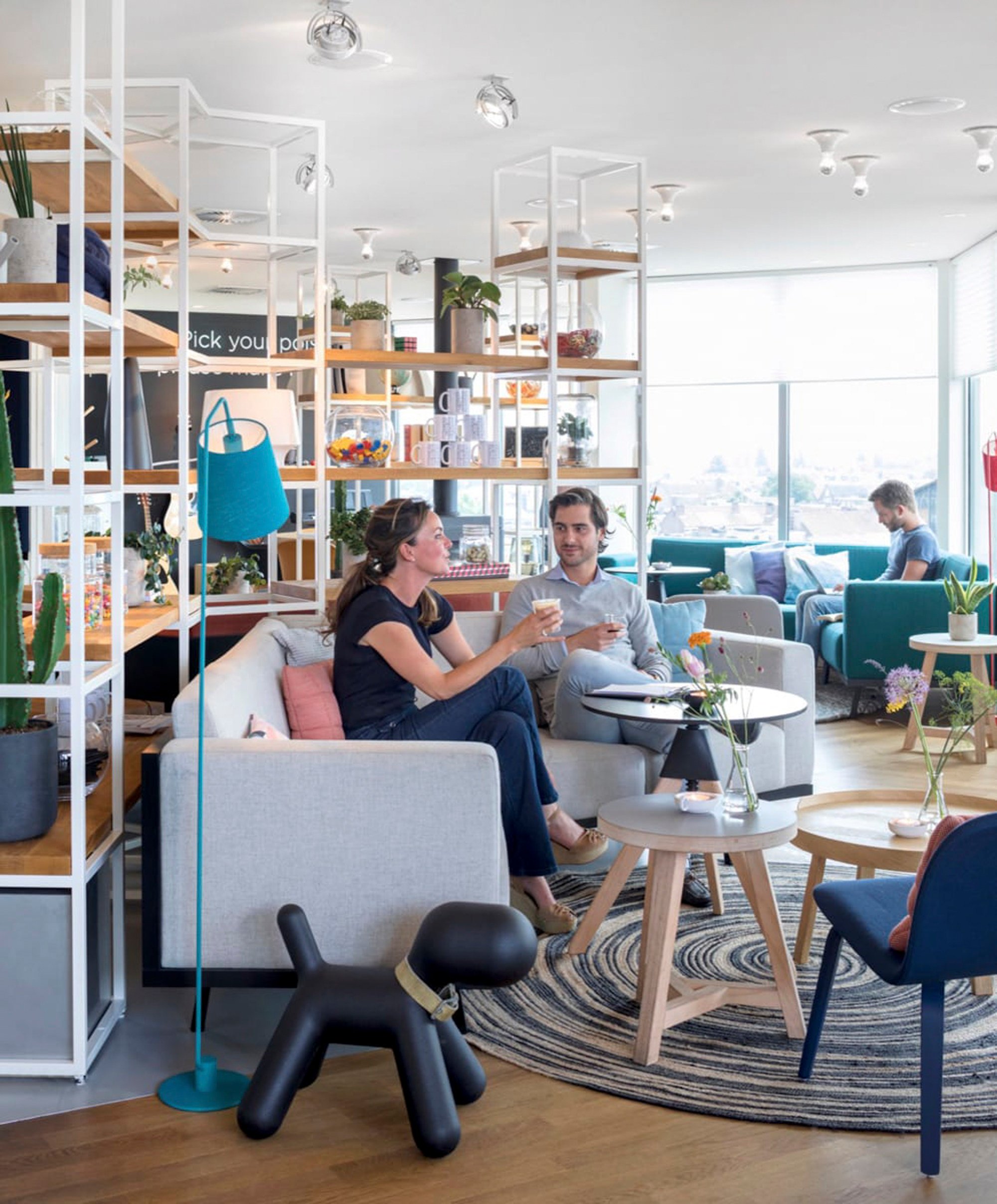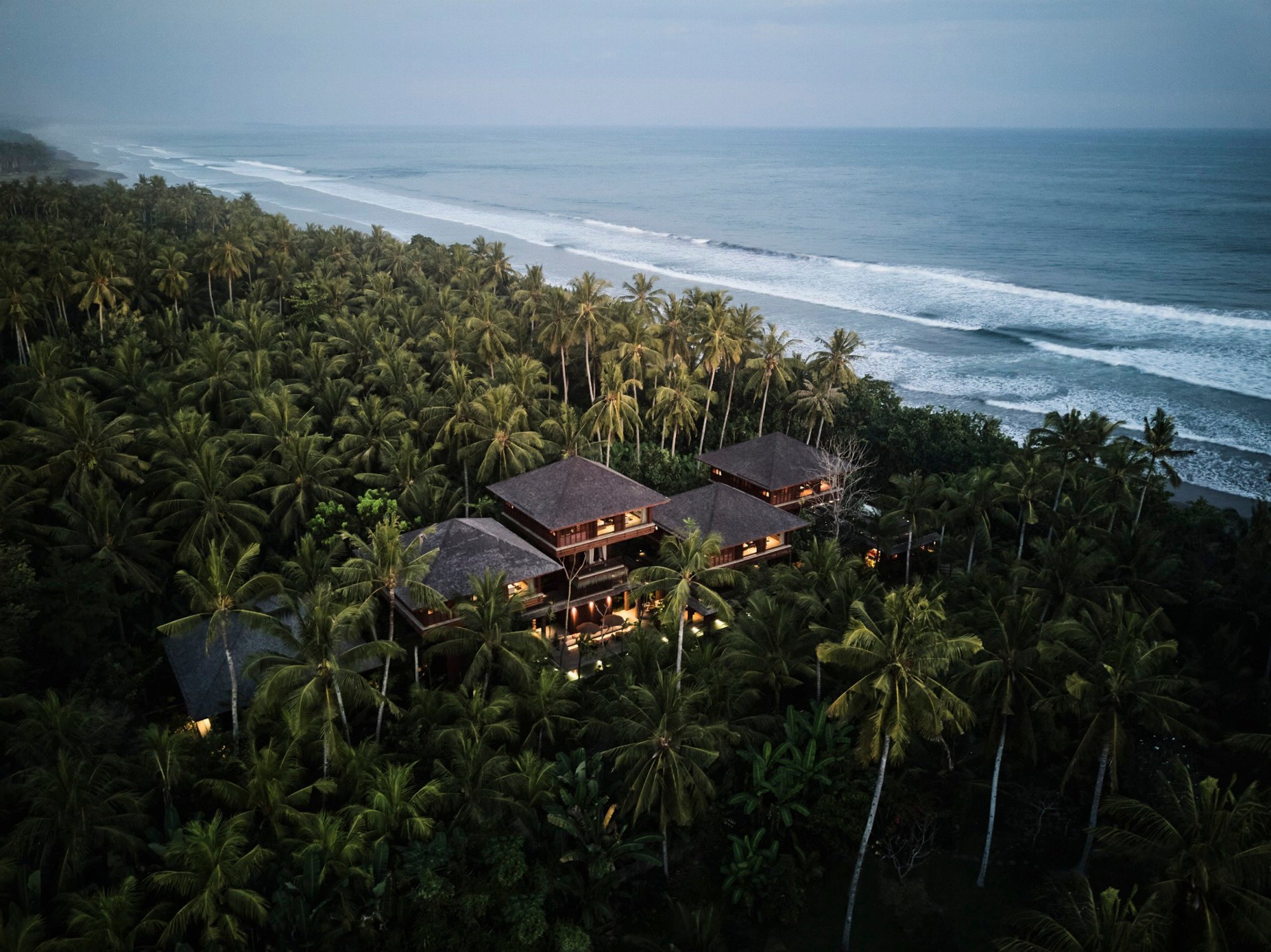
From Zoku in Amsterdam to Eaton HK in Hong Kong to Bali’s Lost-Lindenberg, the rise of digital nomads has spawned a new type of hotel
- In the early 2000s, some hotel groups began hosting pool parties, afternoon wine hours, art courses and visiting DJs to keep guests interacting within the hotel
- This has only grown as time has gone on – now, hotels are turning themselves into ‘homes away from home’ with co-living and co-working spaces in which to linger
There was a time when checking into a hotel was a relatively solitary experience; after collecting your key from reception, you would head straight up to your room. A few days later, you would check out – all without really speaking to or interacting with anyone beyond the concierge and spa therapist or, at a pinch, fellow guests at a neighbouring breakfast table.
Whatever interactions there may have been would have been minimal and not particularly meaningful.
But, quite without anyone noticing it, a new generation of hotels has come into being that describe themselves, somewhat awkwardly, as “non-hotels” or, more recently, “homes away from home”.
The insularity of the typical hotel experience began shifting in the early 2000s, with American hotel groups such as Ace, Kimpton and Standard leading the charge. These revolutionaries began hosting blowout pool parties, afternoon wine hours, art courses and visiting DJs spinning house tracks in the lobby.

In recent years, upstarts such as Zoku, in Amsterdam in the Netherlands, Schwan Locke, in Munich, Germany, Alex, in Perth, Australia, and the Eaton hotels in Hong Kong and Washington in the United States have upped the ante by shrinking the sizes of their rooms and nudging guests out into lively co-working and co-living spaces fuelled by coffee stations and honesty bars (unattended bars where you pay what you want), and communal dining rooms with open kitchens styled like the refectory of some hipster boarding school.
“They’re shifting their perception of their spaces from ‘public’ to ‘shared’ to nurture an inclusive community feel,” says hotel designer Emma Maxwell. “Financially, it’s a win/win, as a key objective in designing hotels is to keep guests interacting within the hotel as much as possible and spending their money there, and not outside.”

Guests now find themselves gravitating towards public spaces in the hotel they might otherwise have shunned – capacious lounges lined with deep-cushioned sofas, well-lit lobby desks, or even banquettes in the bar – where they can kick off their shoes and catch up on email and work, finesse their social media posts, Netflix-binge while having lunch, gossip with friends; or perhaps sign up for art classes, soap-making sessions or astronomy lessons.
In other words, a new wave of hotel guests are behaving as they might in their own home. It is a mood that suits digital nomads and wired-up teens alike – and looks like being here to stay.
As hotel designer Francis Sultana – who is working on the Oetker Collection’s new La Palma in Capri, Italy – has put it, the future is for hotels “to feel more like homes away from home, with all the detailing and personality of a private house, and fabulous art”.


Maxwell agrees, the Singapore-based Australian designer having recently completed an overhaul of the lobby of the Lion City’s ParkRoyal on Beach Road to include a co-working space. The momentum towards a more communal-based hotel, she says, is picking up pace. And for designers such as her, there are practical implications.
“It’s always challenging reshaping perceptions of a space and its usage,” she explains. “Traditionally, hotels have been just a bed for the night, breakfast the next morning, and out during the day or evening.
“They’ve not tended to be an area for out-of-towners to mingle with locals, or to fuse local life into the hotel, much less really use the hotel space as if it were their own.”

This might explain the constant buzz that greets guests arriving at Bangkok’s newly minted The Standard, where The Parlor – the lobby – is a hotbed for parties, events, talks and live music. It is a world away from its whisper-quiet counterpart, The Peninsula, across the river.
And, whether at the Supernova Hotel in Rotterdam, the Netherlands, the Sommerro, in Oslo, Norway or elsewhere, lobby bars are always abuzz with local suits dropping by to pick up their lattes before work, and a city’s jeunesse dorée – young, rich and fashionable – sipping evening cocktails and chatting up guests.
For her part, Maxwell applauds Batty Langley’s, a bijou property in Shoreditch, London, for recreating the feeling of living in the swanky 18th century home of a Huguenot silk maker.
“The public spaces don’t feel like public spaces,” she says. “They’re soft, hospitable and welcoming. Guests seem to mix a lot more with each other than in a conventional hotel.”

This shift to a perception of a hotel as one’s personal home may well have reached its high-water mark in Lost Lindenberg, an eight-room tropical Shangri-La conceived in Bali, Indonesia, by the Frankfurt-based Lindenberg Hospitality.
Designed by Alexis Dornier and Studio Jencquel, the hotel, which opened this July, is in Pekutatan, a village far from the island’s over-trafficked drags that is set on a broad strip of shimmering volcanic black sand much loved by generations of surfers for its rolling waves and 1970s vibe.
The hotel’s foyer is really a stunning garden awash with the thick foliage of bodhi and banyan trees, fountains cut out of massive rocks, moss-clad house shrines and mini savannahs of tall grass; the broad windows in the handsome guest rooms – two in each of four low-rise blocks surrounded by trees, each lined with lava stone, burnt teak and tropical hardwood, and hung with funky, tastefully salacious artwork – slide open to catch the sea-scented breeze and the sound of crashing ocean waves.

All meals at Lost Lindenberg are taken in the dining room downstairs – a sheltered courtyard framed by a pond, palms and frangipani, and anchored by a long, communal wooden table to which are delivered Balinese-style sharing dishes.
The quality of the kitchen’s food is so good that it takes some guests a few meals before they realise everything on the menu is vegan.
This fact alone becomes a talking point, a convenient icebreaker, as does the presence of the hotel’s three resident dogs – Jackie, Sarafa and Sayang – who lie waiting for a tummy rub or a stray crumb from careless diners.

For hoteliers seeking to engage their guests in communality, it turns out that the dining table is a tabula rasa par excellence on which to establish common ground, swap travel stories and tips, and to forge relationships, however temporary they may be.
At Magic Megève, a 10-room property in France, communal meals are served at a long table designed by Martino Gamper. And in Zoku’s open kitchen, the chef discusses the evening menu with breakfasting guests while prepping the day’s mise en place.
For introverts, the paradigm shift from splendid solitude to dinner conversation with strangers can be a little confronting. An example is a recent incident at Lost Lindenberg.
It says something about the easy, relaxed mood of the hotel that within a few minutes of checking in, one guest had stripped down to his G-string in the middle of the lounge room before sauntering out to the palm-fringed pool and diving in.

As Denise Omurca, one of Lost Lindenberg’s partners, puts it: “Good hospitality doesn’t happen just by saying we want the guest to have a good time. It is done only when guests are truly feeling a sense of a second home and they keep coming back.”
And Maxwell says the hotel as a home from home works only if the owners and operator stay true to the intent and follow through with details and authenticity.
“Guests need a real reason for being in the space in the first place,” she says. “They can’t be forced or artificially conceived by a hotel group to forcibly shoehorn into a property as part of their brand strategy.”
